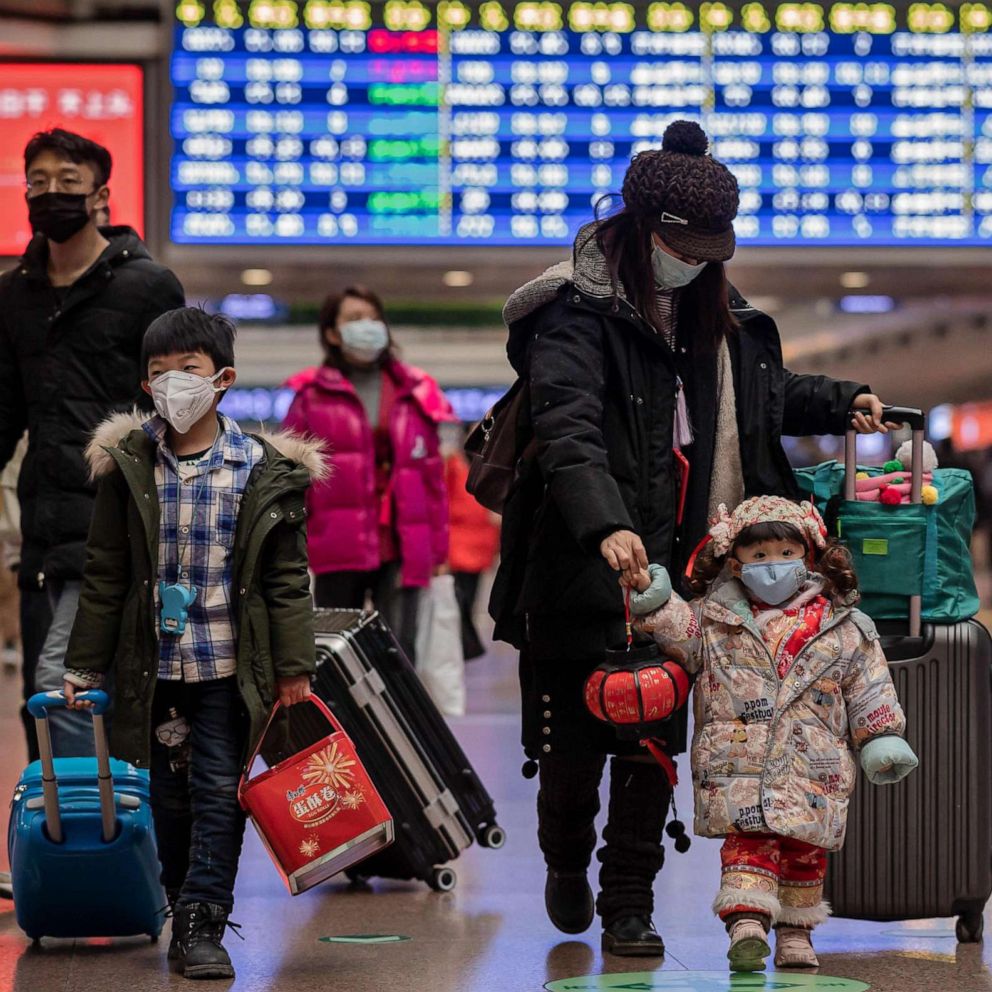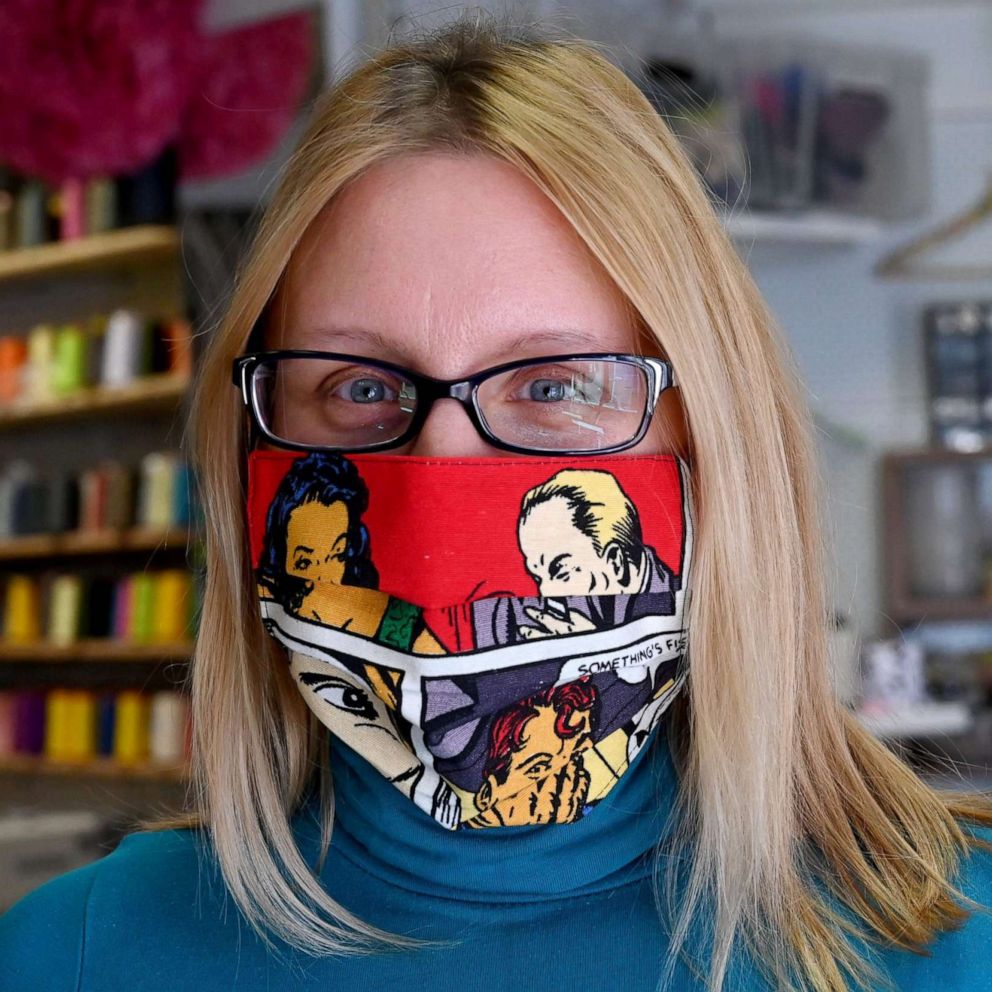As nation tries to exhale, coronavirus still carrying infection, death into nursing homes, data show
Nursing home fatalities now account for nearly 40% of US coronavirus deaths.
With over 37,600 deaths, nursing home fatalities now account for nearly 40% of deaths from the novel coronavirus in the U.S., according to an ABC News analysis of the latest public health data.
In at least 18 states, nursing home deaths account for over 50% of coronavirus-related deaths, placing a continued stress on the infrastructure for American elder care even as much of the nation tries to return to some sense of normalcy
Ten states have still not released figures for infections and deaths in long-term care and skilled nursing facilities. But even limiting the count to the 40 states that have provided figures, as well as Washington, D.C., more than 182,500 nursing home residents and staff members at this point have reportedly contracted COVID-19. That's more than 14% of the nation's total nursing care population.
The number of infections in the latest review of state data suggests nursing home infections have not slowed in recent weeks; rather, nursing home infections are accounting for a rising percentage of the overall spread of the virus.
"This is an 'all hands-on deck' situation," Mark Parkinson, the president of the National Center for Assisted Living and the American Health Care Association, said in a statement released late last week.
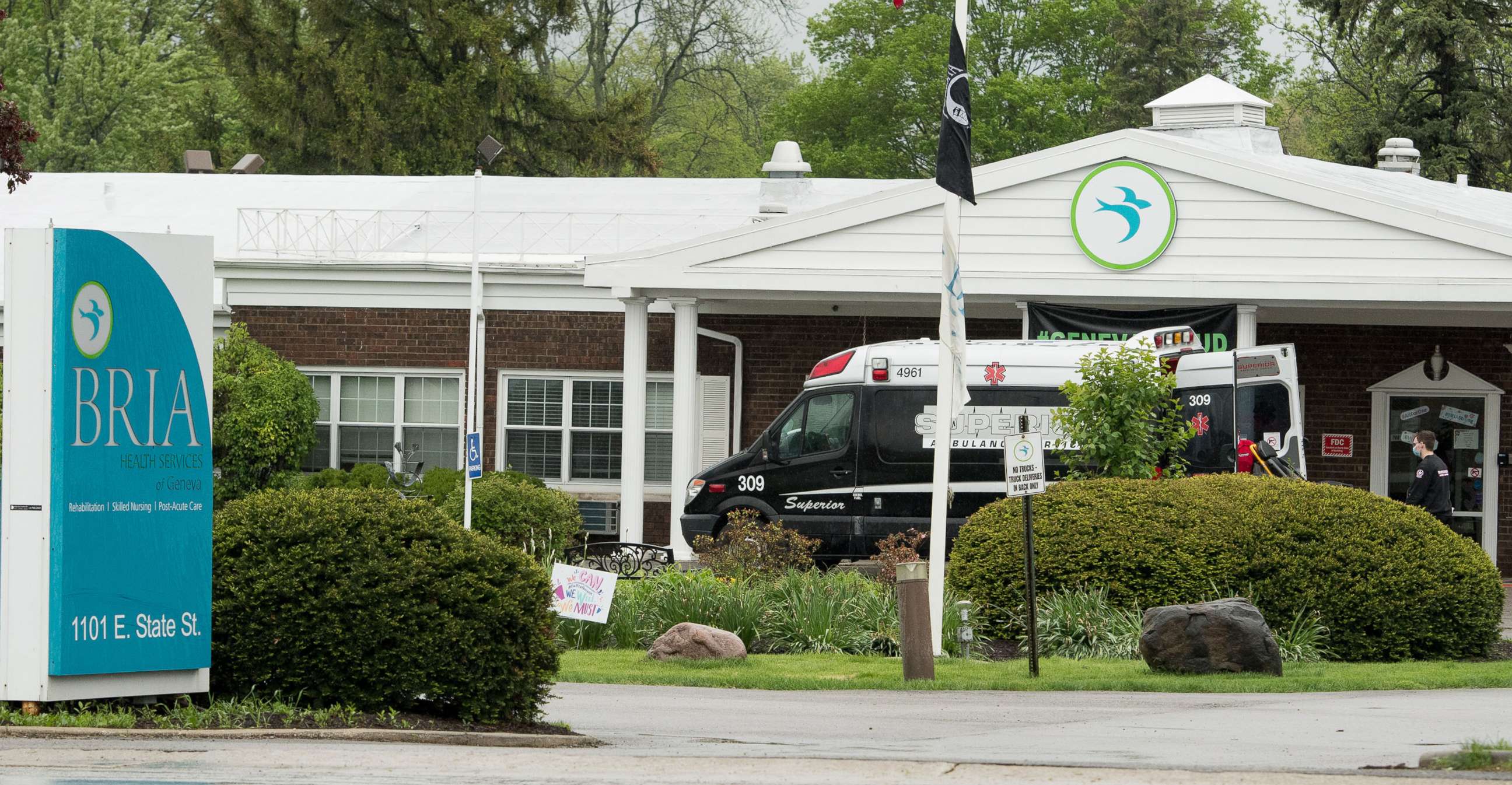
Last week, the federal health department announced it would channel $4.9 billion to nursing homes to help support their response to the outbreak.
"The Trump Administration is providing every resource we can," Health and Human Services Secretary Alex Azar said in a statement released Friday.
The agency said the additional funds are intended to help nursing homes address critical needs such as labor, scaling up their testing capacity, acquiring personal protective equipment (PPE) and a range of other expenses directly linked to this pandemic.
Tune into ABC at 1 p.m. ET and ABC News Live at 4 p.m. ET every weekday for special coverage of the novel coronavirus with the full ABC News team, including the latest news, context and analysis.
That need continues to be acute, Parkinson and others told ABC News, as nursing care facilities face the stress of staffing facilities in spite of increased danger to workers and the need to sideline staff that show indications of infection.
"We've seen inspiring images of nurses and doctors flying across the country to serve in our hospitals. We hope to see the same national support rally around our long-term care facilities," Parkinson said. "We owe it to our residents -- those from the Greatest Generation -- to ensure they have the necessary support they need and deserve."
As many parts of the country have pushed towards a gradual reopening, nursing care facilities have had to gain a firmer grip on their access to a steady supply of testing kits, as well as the same masks, gloves, gowns and other protective equipment that are now also being purchased by hospitals, doctors and dentists resuming non-emergency practices.
Early this month, the Federal Emergency Management Agency (FEMA) began large shipments of masks, gowns and other protective equipment that are eventually supposed to reach all facilities nationwide. Last week, Vice President Mike Pence announced that the federal government wants nursing facilities to test all patients and staff over the next two weeks.
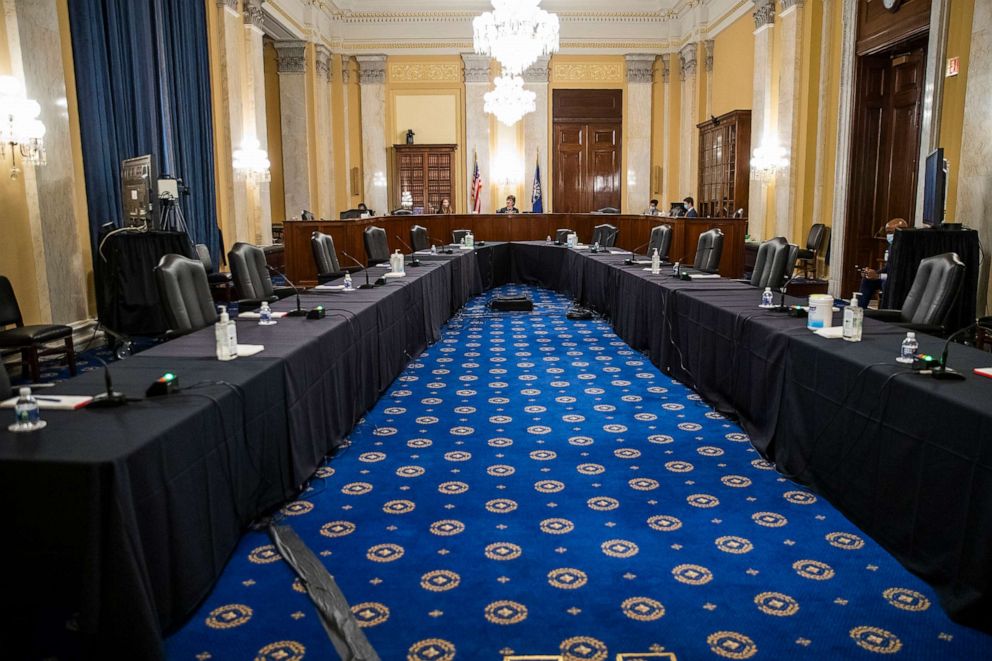
Dr. Mark Gloth, the medical director at HCR ManorCare, one of the nation's largest providers of nursing and long-term care, said accessing steady channels of protective equipment has been an ongoing challenge, and the atmosphere has changed as nursing care communities were designed to provide care in a more home-like setting that allows for social engagement.
Nursing and long-term care facilities are, for the most part, still limiting access to visitors as the try to keep out the virus.
"Now we have employee screening protocols, isolation units, social distancing, universal masking, and every employee is wearing some additional form of [protective equipment] when they are in the center," Gloth said. "Our supply chain has performed Herculean feats in getting us supplies above and beyond what we typically order. We believe this need will continue and grow as we slowly open our communities and our facilities."
What to know about coronavirus:
- How it started and how to protect yourself: coronavirus explained
- What to do if you have symptoms: coronavirus symptoms
- Tracking the spread in the US and Worldwide: coronavirus map
Congress has also provided some aid to nursing homes as part of the $2 trillion coronavirus relief package passed in March, including $200 million allocated to the Centers for Medicare and Medicaid to assist the agency with infection prevention in the homes. House Democrats have argued that not enough of these emergency funds are reaching seniors.
Richard Mollot, executive director of the Long Term Care Community Coalition, which advocates for the needs of residents in the hard-hit facilities, said he is concerned nursing homes will not only recover more slowly, but are also "much more likely to be hit hardest by any resurgence."
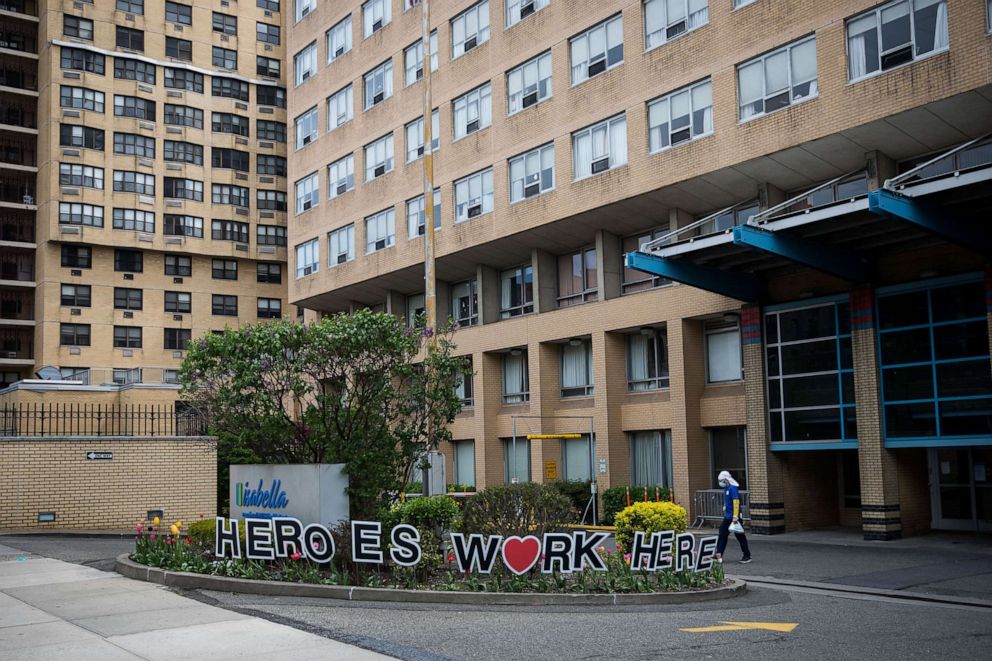
Mollot said he would like to see a more flexible government response, so that harder-hit communities receive more immediate attention.
"We are supporting the use of strike teams to go into nursing homes, identify any residents in distress due to COVID-19 or neglect and ensure that they get the care they need, and evaluate the whether the nursing home is being appropriately managed, with sufficient staffing, [protective gear] and other supplies," Mollot said.
Last week, a Senate hearing focused on the approaches that can be employed to meet the crush of need.
"We have to do more of our seniors, we cannot stop working, we cannot stop legislating, we cannot stop appropriating dollars to help our seniors," Ranking Member Bob Casey, D-Pa., said. "There's no such thing as doing too much to help our seniors during this pandemic."
ABC News reporters Soorin Kim and Katherine Faulders contributed to this report.
